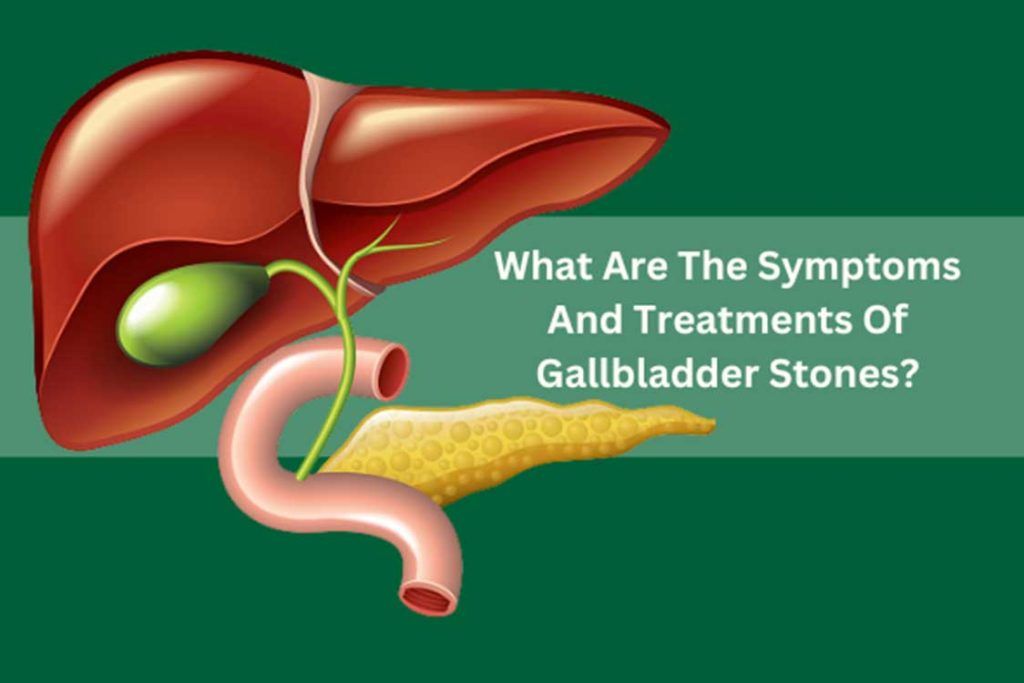
Various Symptoms & Treatment of Gallbladder Stone in Adults
Gallbladder stones, also known as gallstones, are hard deposits that form in the gallbladder. These stones can range in size from tiny grains to large golf ball-sized stones and can cause a range of symptoms. In this blog, we will discuss the various symptoms and treatments of gallbladder stones.
Symptoms of gallbladder stones: The most common symptoms of gallbladder stones include:
- Abdominal pain: This is the most common symptom of gallbladder stones. The pain usually occurs in the upper right or middle of the abdomen and may be severe or sharp. The pain may also radiate to the back or shoulder blades.
- Nausea and vomiting: Gallbladder stones can cause nausea and vomiting, especially after eating a high-fat meal.
- Jaundice: In some cases, gallbladder stones can cause jaundice, which is a yellowing of the skin and eyes.
- Clay-colored stools: Gallbladder stones can cause the stool to become pale or clay-colored.
- Fever and chills: In rare cases, gallbladder stones can cause fever and chills.
Treatment of gallbladder stones: The treatment of gallbladder stones depends on the severity of the symptoms and the size and location of the stones. The most common treatments for gallbladder stones include:
- Observation: In some cases, gallbladder stones may not cause any symptoms, and observation may be the best course of action. However, patients should be monitored regularly to ensure that the stones do not grow or cause any complications.
- Medications: Certain medications can help dissolve small gallstones. However, this treatment can take several months, and the stones may return after treatment is stopped.
- Surgery: The most common treatment for gallbladder stones is surgery. The most common surgical procedure for gallbladder stones is laparoscopic cholecystectomy, in which the gallbladder is removed using a small camera and several small incisions.
- Endoscopic retrograde cholangiopancreatography (ERCP): In some cases, gallstones can become lodged in the bile duct, causing a blockage. ERCP is a procedure in which a small camera is inserted through the mouth and into the small intestine to remove the gallstones.
- Shock wave lithotripsy: This is a non-invasive procedure in which shock waves are used to break up gallstones. The broken stones can then pass through the bile duct and out of the body.
Prevention of gallbladder stones: While it is not always possible to prevent gallbladder stones, there are some steps that you can take to reduce your risk. These include:
- Maintaining a healthy weight: Being overweight or obese increases your risk of developing gallbladder stones.
- Eating a healthy diet: A diet high in fiber and low in fat can reduce your risk of developing gallbladder stones.
- Drinking plenty of water: Staying hydrated can help prevent gallstones from forming.
- Avoiding crash diets: Rapid weight loss can increase your risk of developing gallbladder stones.
- Exercising regularly: Regular exercise can help prevent gallbladder stones and other health problems.
In conclusion, gallbladder stones can cause a range of symptoms, including abdominal pain, nausea, vomiting, and jaundice. Treatment for gallbladder stones depends on the severity of the symptoms and the size and location of the stones. In some cases, observation may be the best course of action, while in others, surgery or other procedures may be necessary. To reduce your risk of developing gallbladder stones, it is essential to maintain a healthy weight, eat a healthy diet, drink plenty of water, avoid